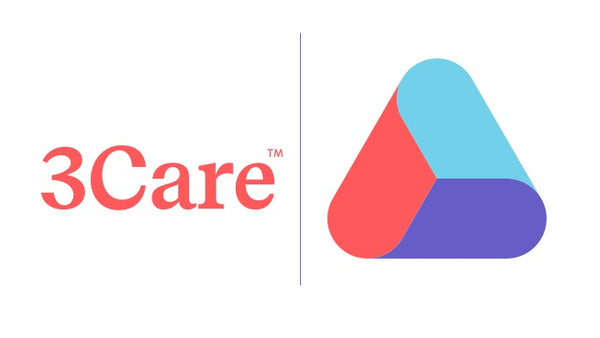The brain is a truly amazing organ. The average adult brain weighs only about 3 pounds, yet it consumes approximately 20 to 25% of the body’s energy at rest. It contains about 86 billion neurons, with about an equal number of non-neuronal cells, all interconnected in a staggeringly complex array that has been studied for centuries, and while scientists have learned a great deal about how it functions, it’s easy to grasp why they say they are still just beginning to scratch the surface.
The brain is constantly processing information, even when we are asleep, and much of its activity is below our level of awareness. Billions of messages are being transmitted and received every second in this amazing supercomputer, and for the most part, we take its function for granted until we can’t remember where we left the car keys. One common myth about our brain is that we only use about 10% of the brain’s capacity; the reality is that all of our brain is functional; if even a small portion of our brain is damaged it can have a profound impact. This myth has emerged in popular culture over many decades and has been surprisingly difficult to dispel, in spite of virtually no solid scientific evidence to support it.
Much has been established about how our brains work; neuroscientists know a great deal about the physical structure of the brain and the chemical messengers that transmit the signals we depend upon. They are also teasing out which parts of the brain control what functions of the body and how; what chemicals are produced in the brain and how they influence other parts of body and so forth. But as was mentioned above, it still sometimes seems as if we are just scratching the surface in understanding much of the our brain’s functions. For example, scientists still don’t have a clear understanding of autism or its causes, for example, or what causes the formation of the placques in the brain that lead to dementia. A number of theories have shown promise but scientists are still searching for definitive explanations. Even such mundane things as exactly how our memory works still contains many mysteries and is an area of intense interest.
Other areas of productive research include neurotransmitter precursors and cellular transporters. Nutrients such as the omega-3 oil DHA, glutamine, inositol, choline, tryptophan or melatonin, and herbs such as tryptophan, ginseng and many others have demonstrated benefit in scientific studies.
One nutrient in particular mentioned above with great promise is DHA, short for docosahexaenoic acid. DHA is a fatty acid, commonly consumed in the diet and found in flaxseeds, walnuts or fatty fish like salmon. DHA is converted in the body from the essential oil alpha linolenic acid. It is called “essential” because it is essential for life, and humans cannot manufacture it from other oils (the other essential oil is linoleic acid). Humans are very poor at converting the two essential oils alpha-linolenic and linoleic acid into the more active forms DHA and EPA, so it is generally recommended by nutritional scientists and dietitians to take these two “conditionally essential” oils as the supplements you’ve probably heard of, “Omega-3 fish oil.” These two oils, DHA and EPA are incorporated into virtually all the membranes of your body and are critically important for maintaining healthy membrane functions of transporting nutrients into, and waste materials out, every cell. That means that without adequate EPA and DHA, cellular metabolism and function may become compromised.
DHA is especially important for the brain, especially in children. Studies have shown that DHA is a fundamental nutrient for the healthy development and growth of children’s central nervous system and eyes. There is a strong relationship between adequate DHA in mother’s milk and the brain development of their breast-fed children, as evaluated by a variety of mental development tests. Additionally children with higher levels of DHA tended to have better vision, better immune responses lower incidences of allergies and better cardiovascular health than children with lower levels.
The science continues to emerge, but it seems clear that Omega-3 oils, and DHA in particular, show significant benefits to large populations; growing children in particular.
